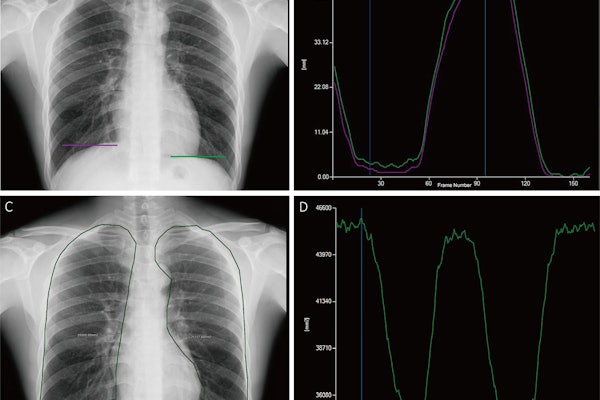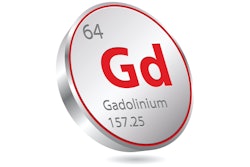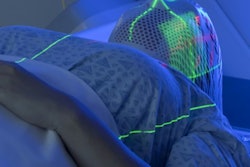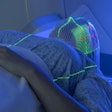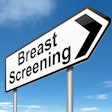More in Home
Dynamic chest radiography effective for diagnosing COPD
December 16, 2025
Study reports low NSF rates following GBCA administration
December 16, 2025
CEUS finds residual liver cancer after downstaging therapy
December 16, 2025
Venture capital investment rising in radiology
December 15, 2025
Proton therapy effective for patients with oropharyngeal cancer
December 15, 2025
SBI: WISDOM trial is 'contaminated and underpowered'
December 15, 2025
POCUS training leads to successful nerve block placement
December 15, 2025
What causes lung cancers to be missed on screening?
December 12, 2025
Early PET/CT feasible in women with suspected breast cancer
December 12, 2025
Study highlights risk-based breast cancer screening; ACR responds
December 12, 2025
Is AI ready for autonomous reads of chest x-rays?
December 11, 2025
Patients support AI in radiology, but not as a standalone reader
December 11, 2025
Page 1 of 191
Next Page



